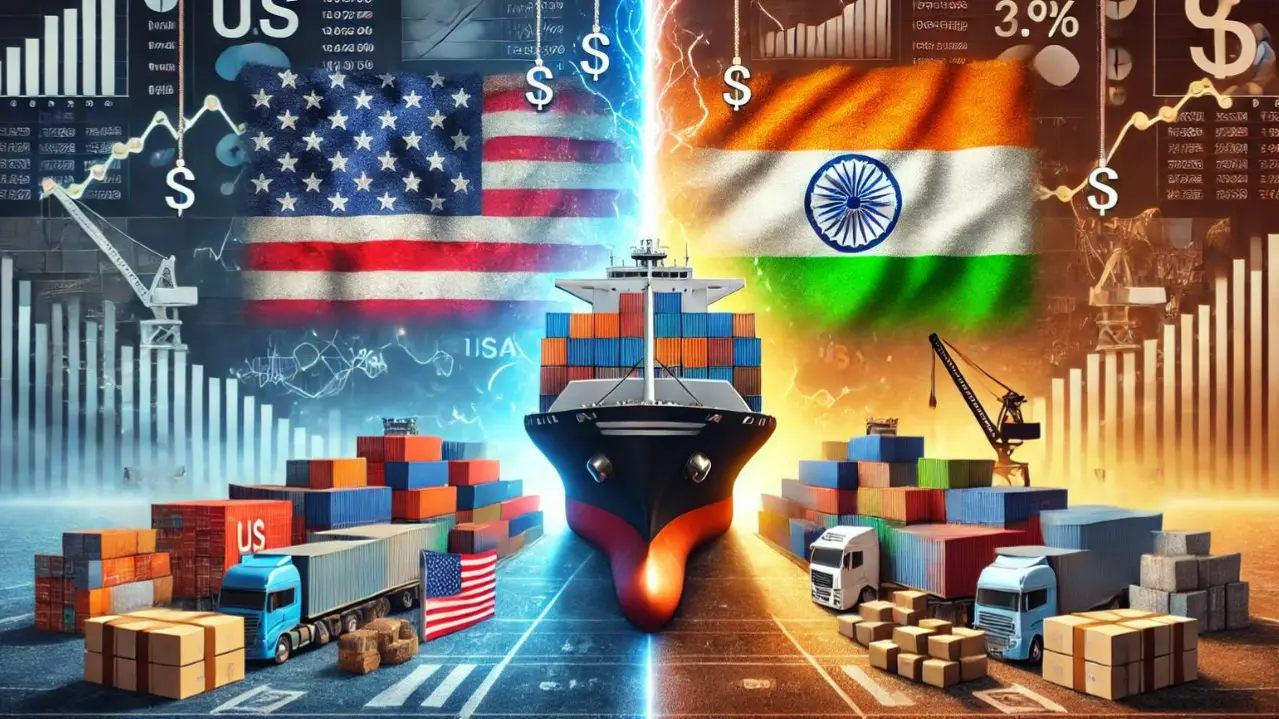Updated 28 March 2025 at 21:54 IST
Impact Of US Tariffs On India: Mobile Exports May Be Hit, Auto Component Prices May Go Up - PwC Report
Impact of US Tariffs on India: The world is waiting with bated breath for April 2, bracing for impact as Donald Trump's tariffs come into effect.
- Republic Business
- 3 min read

The world is waiting with bated breath for April 2, bracing for impact as Donald Trump's tariffs come into effect. While the US President has already announced 25 per cent tariffs on automobiles, how the larger tariffs will impact the globe remains to be seen.
In a report on the impact of US tariffs on India, PwC has highlighted that Washington and New Delhi may stare at possible disputes over digital taxes, data localisations, among others as a result of Donald Trump's tariffs.
Impact Of US Tariffs On India: Mobile Exports May Be Hit, Auto Component Prices May Go Up - PwC Report
Interestingly, over the past few years, thanks to the growing manufacturing costs in China, India has emerged as one of the biggest exporters of mobile phones to the US. Reciprocal tariffs may imply that the tariffs implemented by India on imports of smartphones from the US, i.e 15%, would be extended to exports of smartphones from India to the US. This will ‘impede’ the growth trajectory of smartphone exports from India, the report says. Currently, these exports from India to the US attract a 0% tariff.
“Tariffs could elevate the prices of Indian auto components in the US market, potentially reducing their competitiveness,” the report says. According to the report by PwC, New Delhi has already brought into action some tariff relaxations on various goods with specific carve-outs for US exports.
Advertisement
US Tariffs On Indian Goods: What Is New Delhi doing?
New Delhi began working on countering the impact of the tariffs long ago, in February, when Finance Minister Nirmala Sitharaman announced the Union Budget 2025.
Among them, the basic customs duty on motor bikes was slashed from 50 % to 40% and 30%, respectively, on completely built-up units (CBUs) with engine capacities of up to 1600 CC, and 1600 CC or more.
Advertisement
On Bourbon Whiskey, India slashed overall effective import duties to 100% from 150%, in a specific deviation. In another key category, Ethernet Switches, New Delhi slashed overall effective import duties to 10% from 20% on carrier-grade Ethernet switches.
In Synthetic flavoring essences, the overall import duties have been reduced to 20% from 100%, on synthetic flavoring essences and mixtures of odoriferous substances.
Fish Hydrolysate – Basic Customs duty slashed from 15% to 5% on Fish Hydrolysate for use in the manufacture of aquatic feed.
Simultaneously, both countries have started working towards negotiating the bilateral trade agreement to achieve the stated aim of reaching a deal before the end of 2025.
India's Average Tariff On The US Is 17%; The US Tariff On India Is Just 3.3%
"However, apart from market access, a key task for India to balance in this regard would be the considerable difference in the applied tariffs between the two nations – while India imposes an average tariff of 17 percent, the US maintains a much lower average of 3.3 percent.2 Important to mention that this gap is even wider in agriculture, where India’s simple average tariff is 39 percent, compared to five percent in the US," the PwC report said.
Published By : Pranav Kulkarni
Published On: 28 March 2025 at 21:54 IST
